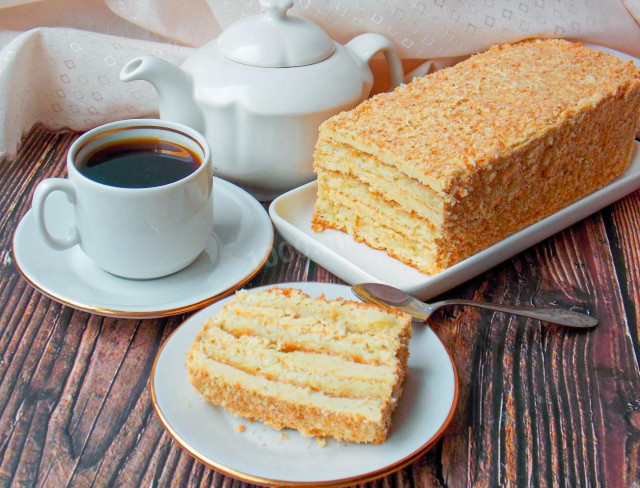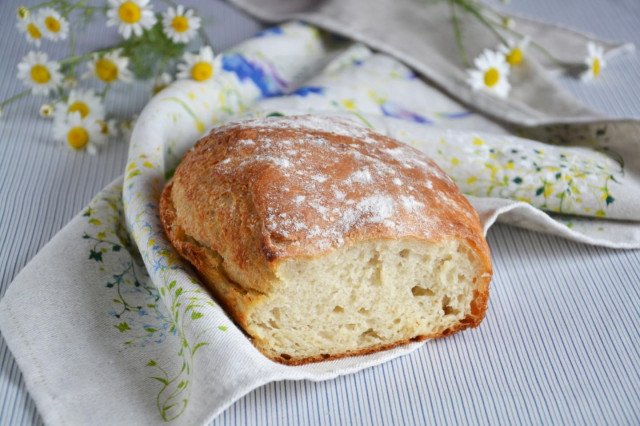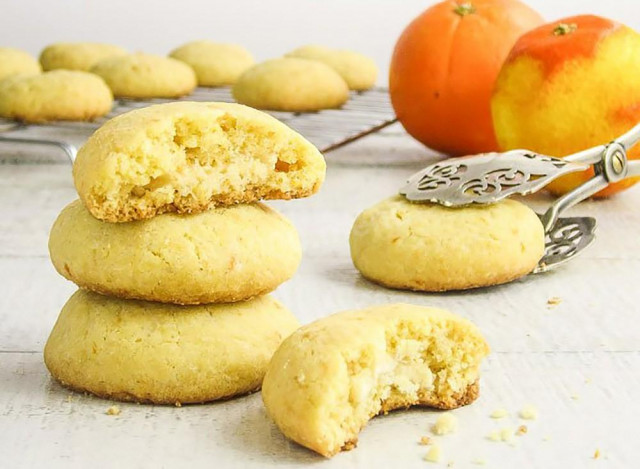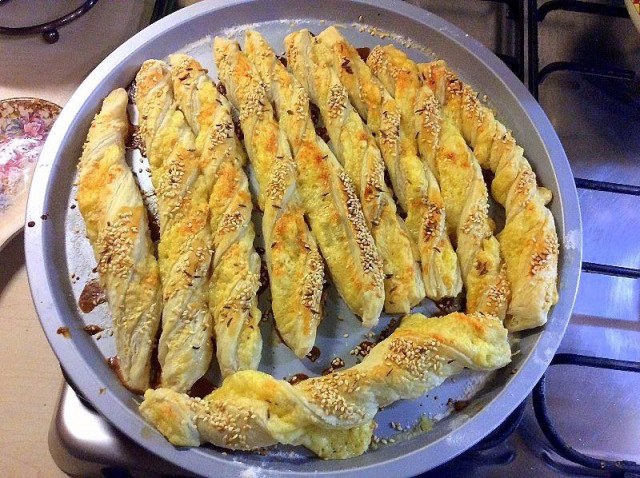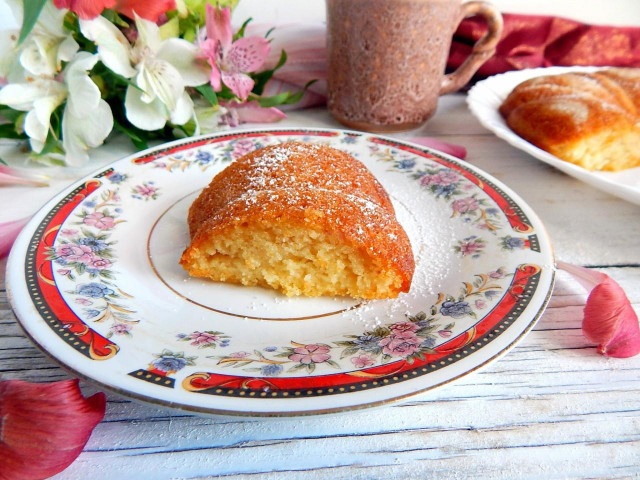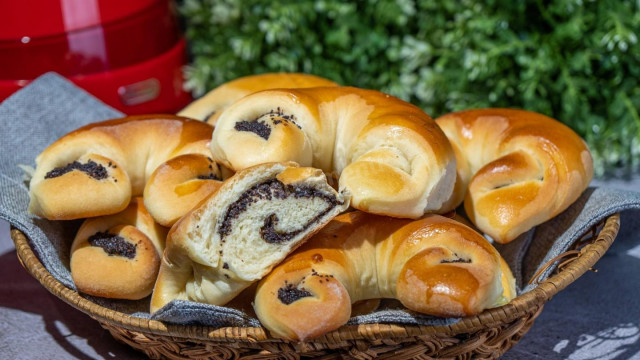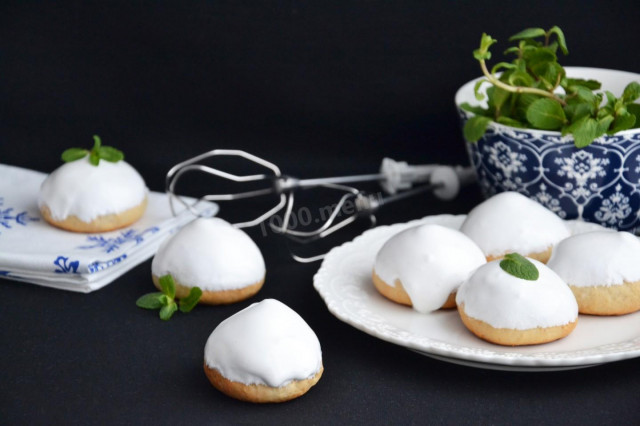Composition / ingredients
Step-by-step cooking
Step 1:
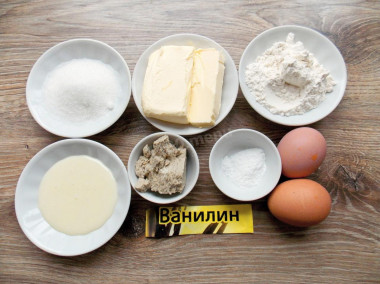
How to make a cake with halva? Prepare the products. Halva is better to take tahini (sesame), but if there is no such, sunflower is also quite suitable. Remove the butter and eggs from the refrigerator in advance so that the products are heated to room temperature. In this case, the oil will become a suitable consistency for whipping.
Step 2:
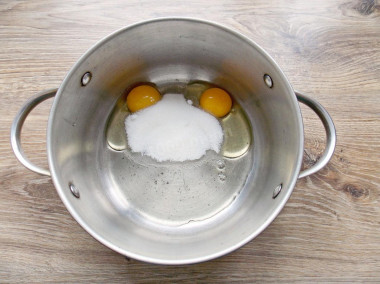
Immediately turn on the oven to warm up to 180 degrees. In a bowl, break the eggs and add sugar. Beat the eggs with sugar until light and airy. To make the sponge cake fluffy, beat them with a mixer at medium speed, and add sugar gradually, in small portions.
Step 3:
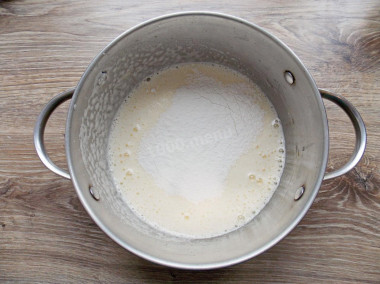
In a bowl with beaten eggs, sift the flour. At the same time, you will not only remove possible debris from it, but also saturate the flour with oxygen, which will make the biscuit more airy.
Step 4:
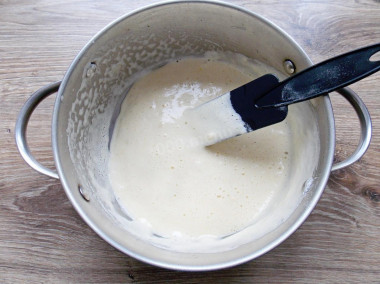
Gently mix the mass, preferably with a silicone spatula, with movements from the bottom up. Do this until smooth, but not for long, so that the dough does not fall off and the sponge cake does not turn out to be rubber.
Step 5:
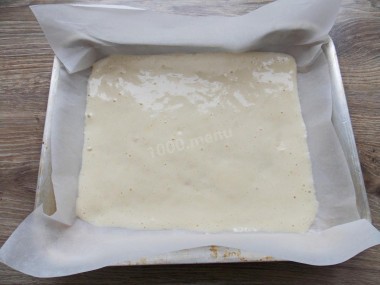
Cover the baking sheet 22*30 with baking paper. Pour the sponge dough on it and smooth it out.
Step 6:
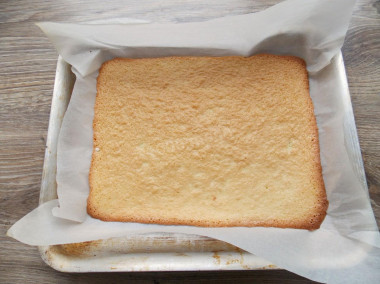
Put a baking sheet in a hot oven and bake the biscuit for 12-15 minutes, until ready. During baking, do not open the oven unnecessarily, so that the temperature in the oven does not fluctuate, this is important for uniform baking. Remove the sponge cake from the oven and cool completely.
Step 7:
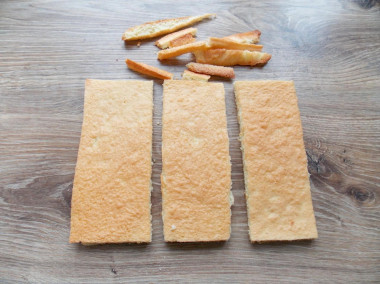
Remove the sponge cake from the paper, trim the uneven edges and cut into three identical strips. Postpone the pruning, they will be needed later.
Step 8:
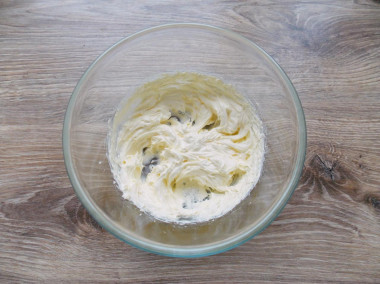
For the cream, whisk the soft butter until fluffy. Choose high-quality, natural oil, without vegetable additives. The taste of the finished dish will depend on its taste.
Step 9:
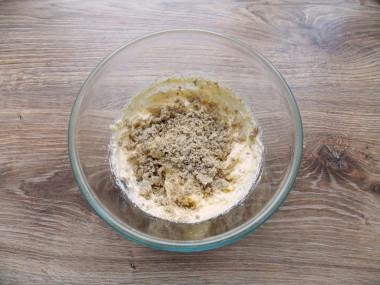
Add halva to the beaten butter. Halva before this, grind it thoroughly so that the cream turns out homogeneous, without lumps, which can spoil the appearance of the cake.
Step 10:
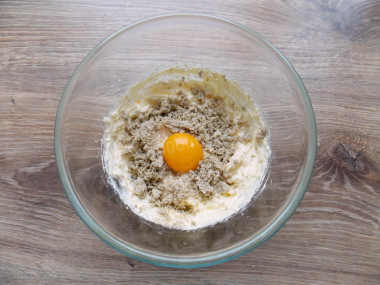
Wash the egg thoroughly, wipe it and break it. Separate the yolk from the protein and add it to the bowl with the cream. Since the yolk will not be subjected to heat treatment in the future, you must be completely confident in the quality of the egg. Or you can replace the chicken yolk with two quail eggs.
Step 11:
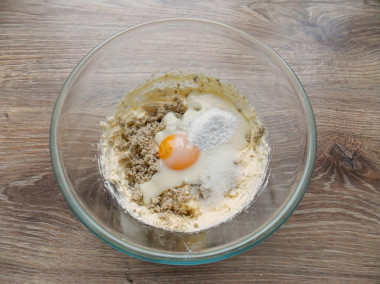
Pour condensed milk into a bowl and add powdered sugar. Choose high-quality, proven condensed milk. Without vegetable fats and food additives. The composition should contain only two ingredients: milk and sugar. As a result, the taste and quality of the finished dish will depend on the quality of condensed milk.
Step 12:
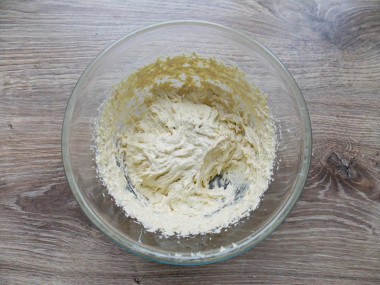
Beat everything with a mixer until a fluffy, homogeneous cream.
Step 13:
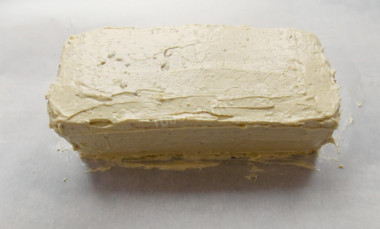
Smear all layers of sponge cake with cream and assemble the cake on baking paper. Smear cream on the sides and top with cream. It is not necessary to thoroughly level the surface, in the future we will sprinkle it with crumbs.
Step 14:
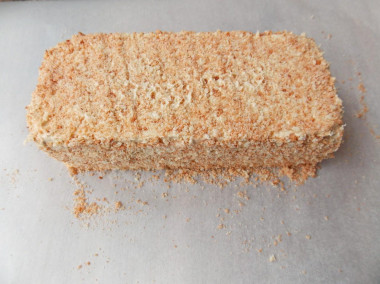
Chop the trimmings into crumbs, and sprinkle it all over the sides and surface of the cake. This can be done with a spatula or a wide knife, lifting the crumbs from the bottom up, pressing them to the cream.
Step 15:
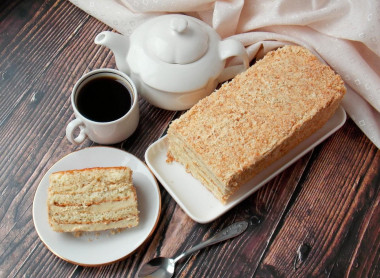
Put the finished cake on a platter and put it in the refrigerator for 12 hours so that the layers are soaked and compacted. And the sprinkling was soaked with cream and did not crumble.
Step 16:
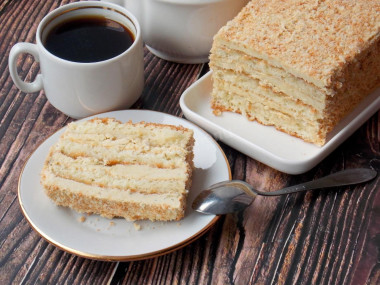
Then serve to the table. Enjoy your meal!
Be sure to wash the eggs before use, as even the seemingly clean shell may contain harmful bacteria. It is best to use food detergents and a brush.
How do I know if an egg is fresh? Break it into a separate container. First of all, there should be no unpleasant smell. The protein of fresh eggs will be transparent and clean. The yolk should not spread and will be shiny, convex, homogeneous.
Keep in mind that everyone's ovens are different. The temperature and cooking time may differ from those specified in the recipe. To make any baked dish successful, use the useful information about the features of ovens !
Caloric content of the products possible in the composition of the dish
- Chicken egg - 157 kcal/100g
- Egg white - 45 kcal/100g
- Egg powder - 542 kcal/100g
- Egg yolk - 352 kcal/100g
- Ostrich egg - 118 kcal/100g
- Whole durum wheat flour fortified - 333 kcal/100g
- Whole durum wheat flour, universal - 364 kcal/100g
- Flour krupchatka - 348 kcal/100g
- Flour - 325 kcal/100g
- Granulated sugar - 398 kcal/100g
- Sugar - 398 kcal/100g
- Condensed milk with sugar - 324 kcal/100g
- Butter 82% - 734 kcal/100g
- Amateur unsalted butter - 709 kcal/100g
- Unsalted peasant butter - 661 kcal/100g
- Peasant salted butter - 652 kcal/100g
- Melted butter - 869 kcal/100g
- Vanillin - 288 kcal/100g
- Egg yolks - 352 kcal/100g
- Powdered sugar - 374 kcal/100g
- Halva - 522 kcal/100g

